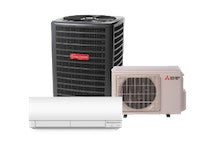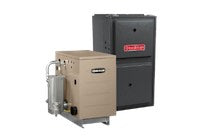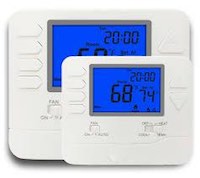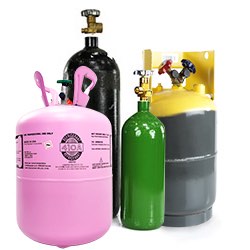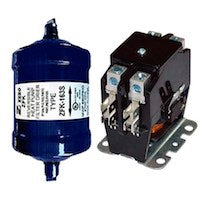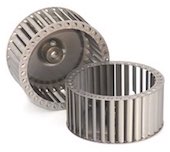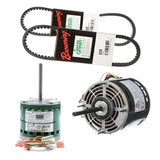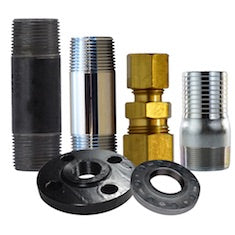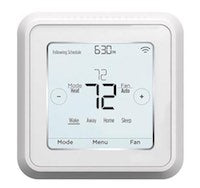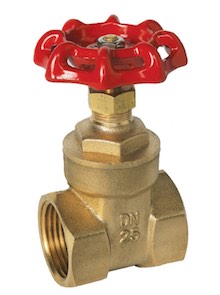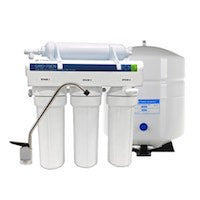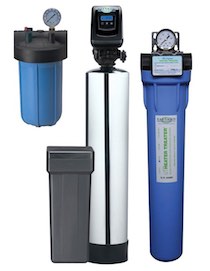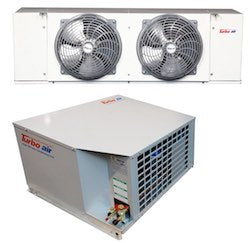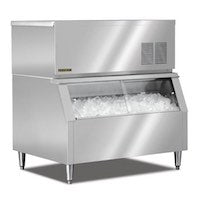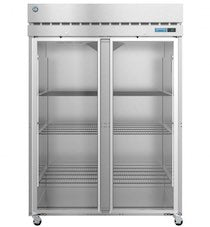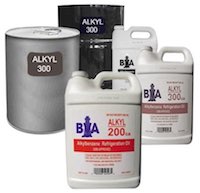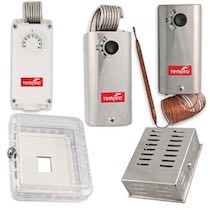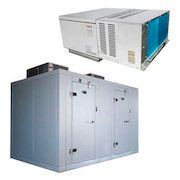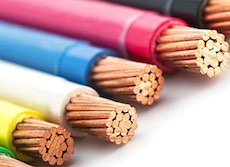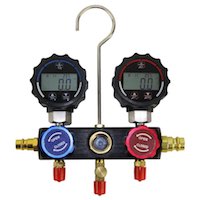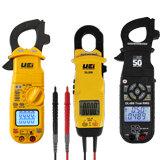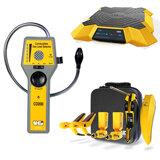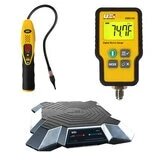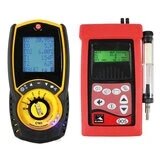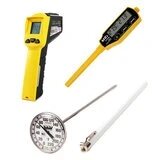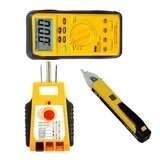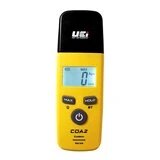
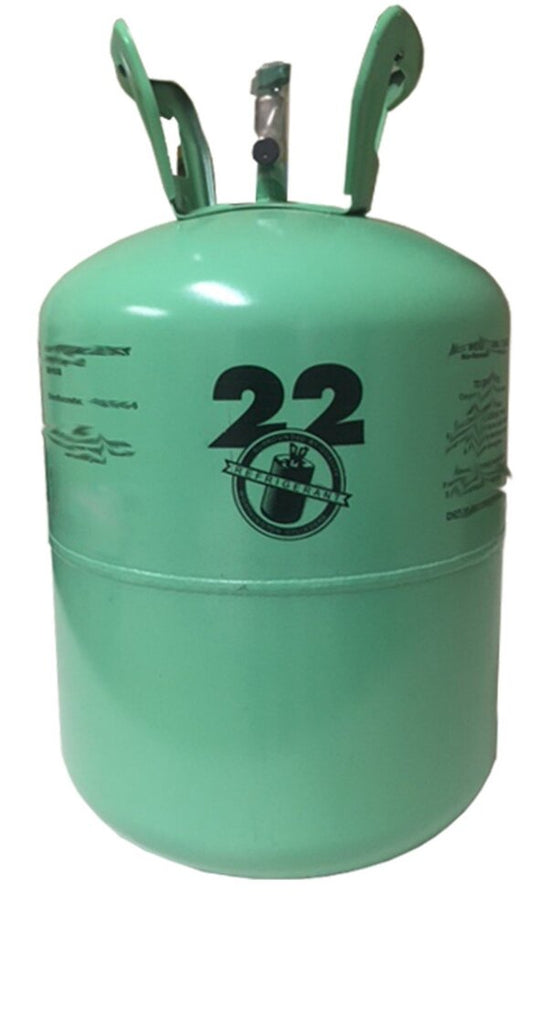
R22 Refrigerant 30lb. Cylinder
R22 (Chlorodifluoromethane 100%)
- All components in our products are pure and Lab-Certified
- Cylinder comply with DOT-39
- 1/4" SAE Valve Connection
PLEASE NOTE:
If you do not have certification, you must sign a statement with your full legal name stating you intent to resell the refrigerant to a certified person.
This ships via Hazmat signature is required for delivery.
$742.00 USD
PRODUCT INFO
R22 Refrigerant: A Comprehensive Guide
What is R22 Refrigerant?
R22 refrigerant, often referred to as R22 Freon or R-22 refrigerant, is a hydrochlorofluorocarbon (HCFC) used extensively in air conditioning and refrigeration systems. It was the industry standard for many years due to its effectiveness in heat transfer and system efficiency. R22 coolant has played a critical role in maintaining comfortable indoor environments and preserving perishable goods.
However, it's essential to note that R22 refrigerant is being phased out due to its ozone-depleting properties. The production and import of R22 were significantly reduced as part of the Montreal Protocol, with a complete ban on new production and importation starting in 2020. As a result, R22 refrigerant for sale now comes from recycled or reclaimed sources.
Where is R22 Used?
R22 refrigerant has been widely used in various applications, including residential and commercial air conditioning systems, refrigeration units, and heat pumps. Many older systems, particularly those installed before 2010, still rely on R22 to function. This includes central air conditioning systems, ductless mini splits, and even some industrial cooling systems.
Due to its prevalence in older equipment, R22 remains in demand for maintenance and repair purposes. However, as these systems age and the availability of R22 decreases, many owners are transitioning to newer, more environmentally friendly refrigerants.
One of the critical aspects of maintaining an R22-based system is ensuring that the refrigerant is not leaking. Leaks can lead to reduced efficiency, higher energy costs, and environmental harm. Detecting R22 leaks early is essential for the proper functioning of your HVAC system.
Detection of Leaks
Here are the common signs and tools used for detecting R-22 refrigerant leaks:
- Reduced Cooling Efficiency: A noticeable decrease in the cooling performance of your system.
- Hissing Sounds: Unusual hissing noises near refrigerant lines or connections.
- Ice Buildup: Ice formation on the evaporator coils, indicating a potential leak.
- Electronic Leak Detectors: Devices that can detect the presence of refrigerant in the air, helping to locate the leak.
- Ultraviolet Dye: A dye injected into the system that shows up under UV light, making it easier to find leaks.
Using these methods can help pinpoint the exact location of the leak, allowing for timely repairs and continued efficient operation of your HVAC system.
R22 Alternatives and Retrofits
As the availability of R22 freon continues to decline, many HVAC professionals are recommending retrofitting older systems to use alternative refrigerants. R22 alternatives, such as R-410A, offer similar cooling capabilities without the harmful environmental effects. Retrofitting involves modifying the existing system to accommodate the new refrigerant, which can be a cost-effective solution compared to replacing the entire system.
Environmental Impact of R22
R22 refrigerant is classified as an ozone-depleting substance, contributing to the thinning of the Earth's ozone layer. This environmental impact was the primary reason behind the global phase-out of R22 production. The transition to alternative refrigerants is part of a broader effort to reduce the environmental footprint of HVAC systems and protect the ozone layer.
Purchasing R22 Refrigerant: What You Need to Know
Given the restrictions on R22 production, finding R22 refrigerant for sale can be challenging. Only certified professionals are allowed to purchase and handle R22, as it requires proper storage and disposal to prevent environmental harm. If you're considering purchasing R22, it's crucial to work with reputable suppliers who adhere to all legal and environmental regulations.
In conclusion, while R22 freon has served the HVAC industry well for many years, its phase-out requires homeowners and business owners to consider their options carefully. Whether you're maintaining an existing system or planning a transition to a new refrigerant, understanding the role of R22 in your HVAC system is essential for making informed decisions.
R22 Pressure Chart
The R22 pressure chart is an essential tool for HVAC technicians and anyone maintaining systems that use R22 refrigerant. This chart provides vital information about the pressure levels on both the high and low sides of an HVAC system, helping ensure that the system is operating efficiently and within safe parameters.
What is the R22 Pressure Chart?
An R22 pressure chart is a reference guide that displays the relationship between the temperature of the refrigerant and its corresponding pressure in the system. The chart is divided into two sections: the high side (also known as the discharge side) and the low side (also known as the suction side). By comparing the pressure readings from your system to the values on the chart, you can diagnose issues, optimize performance, and ensure safe operation.
FAQ:
What refrigerant replaces R22?
R-410A is the most common replacement for R22. It's an environmentally friendly alternative used in new air conditioning and refrigeration systems.
What refrigerant can be mixed with R22?
R22 should not be mixed with any other refrigerant. Mixing refrigerants can lead to system inefficiency, damage, and potential safety hazards.
What type of refrigerant is R22?
R22 is a hydrochlorofluorocarbon (HCFC) refrigerant, commonly used in older air conditioning and refrigeration systems.
Why is R22 being phased out?
R22 is being phased out because it contributes to ozone layer depletion. The phase-out is part of a global effort to reduce environmental harm under the Montreal Protocol.
SPECIFICATIONS
| Physical Properties | R-22 | |
| Classification | HCFC | |
| Melting point/Freezing point | - 160 °C | |
| Initial boiling point and range | - 40.8 °C (1,013 hPa) | |
| Evaporation rate | >1 (CCL4=1.0) | |
| Vapor Pressure | 9.135 hPa (20 °C) | |
| Relative vapor density | 3 | |
| Relative density | 1.19 (25 °C) | |
| Density | 1.191 g/cm³ (25 °C) (as liquid) | |
| Water solubility | 2.6 g/l (25 °C) | |
| Partition coefficient: noctanol log Pow: | 0.053 (25 °C) | |
| Autoignition temperature | 632-635 °C | |
| Decomposition temperature | 632°C | |
| Viscosity, dynamic | 0.22 mPa.s (10 °C) |

 HVAC
HVAC
 Plumbing
Plumbing
 ELECTRICAL
ELECTRICAL
 Tools & Test Instruments
Tools & Test Instruments
